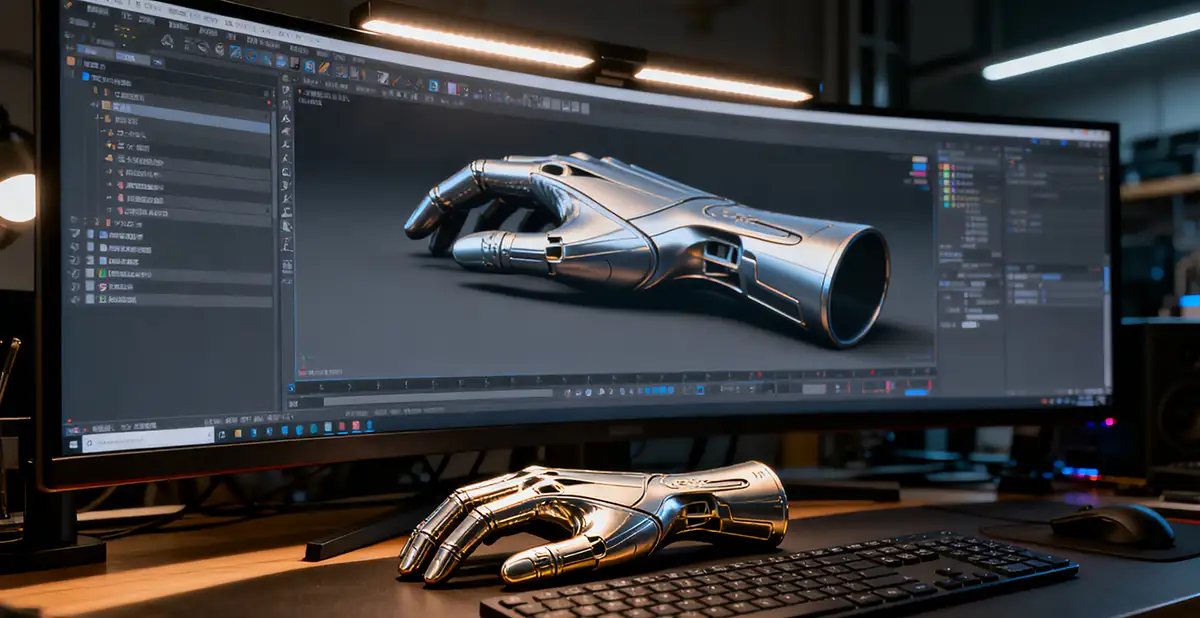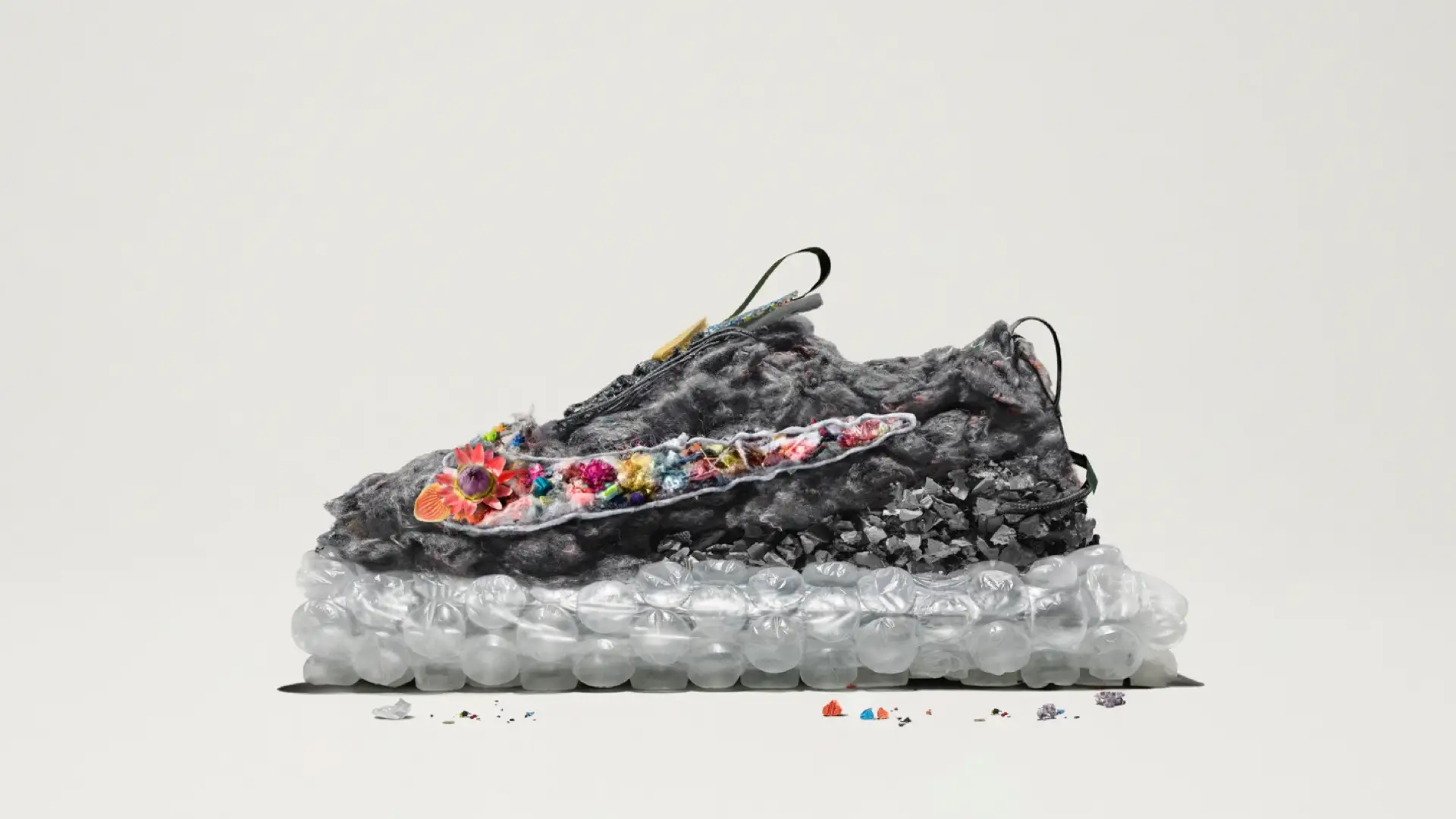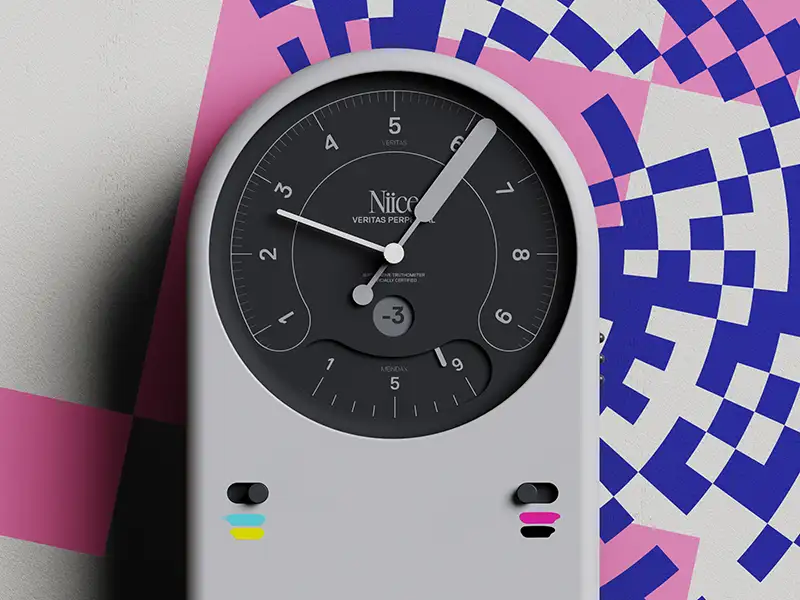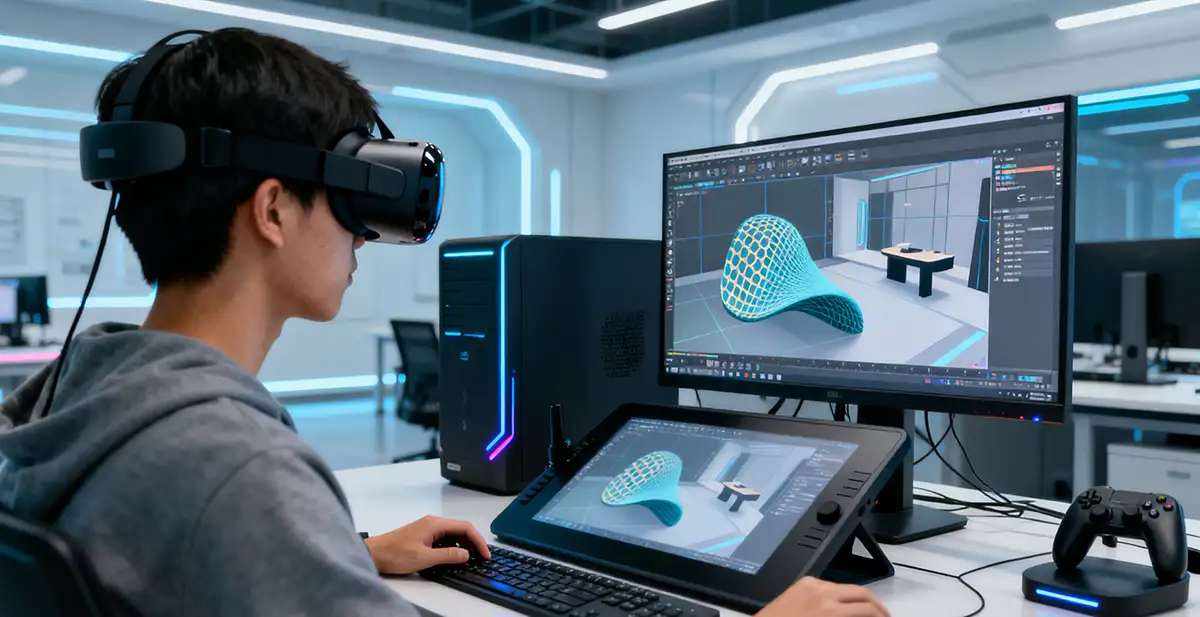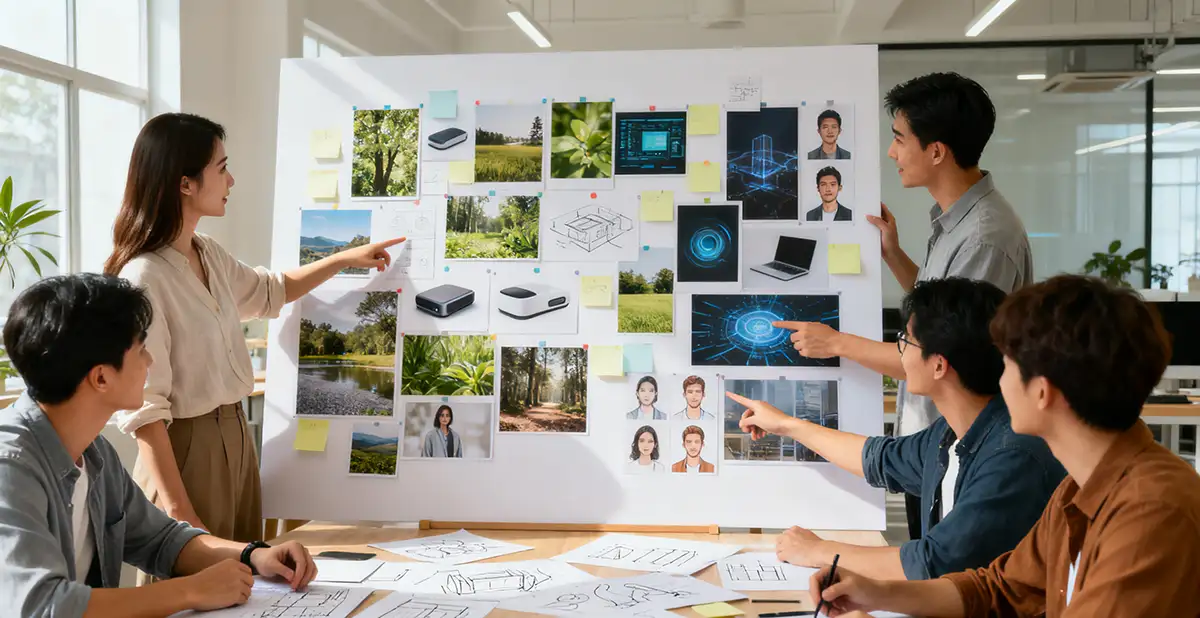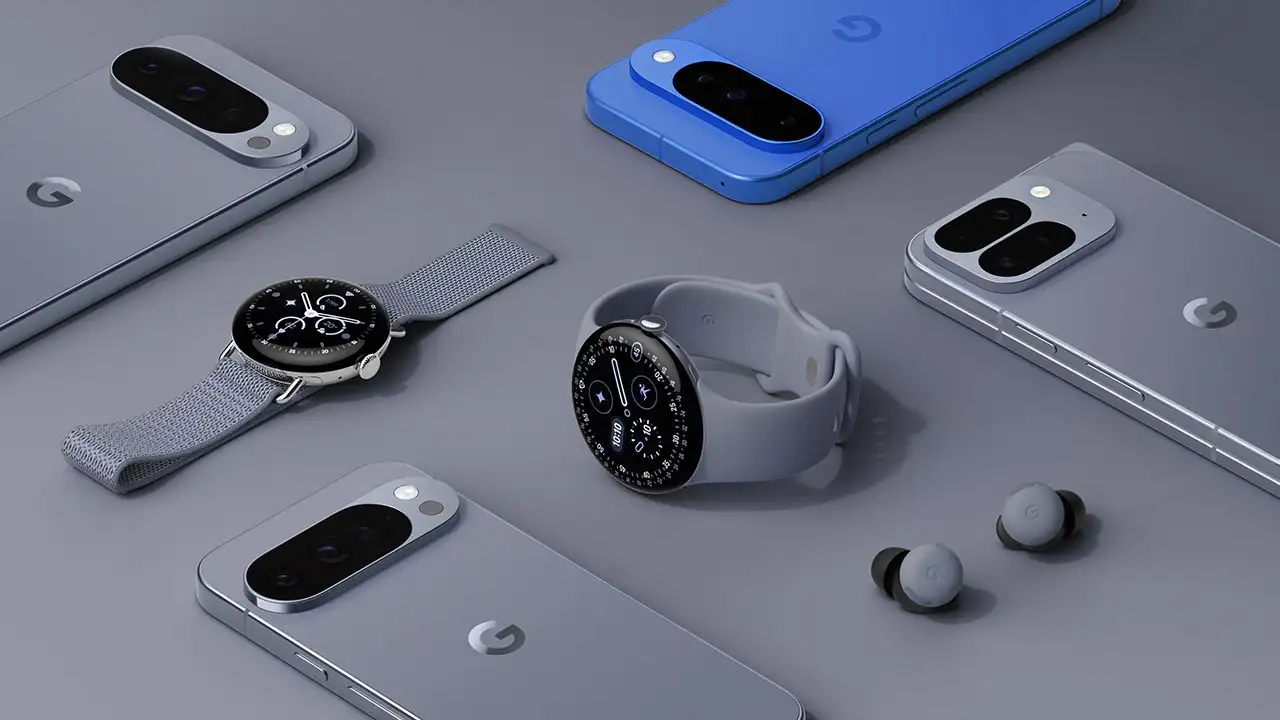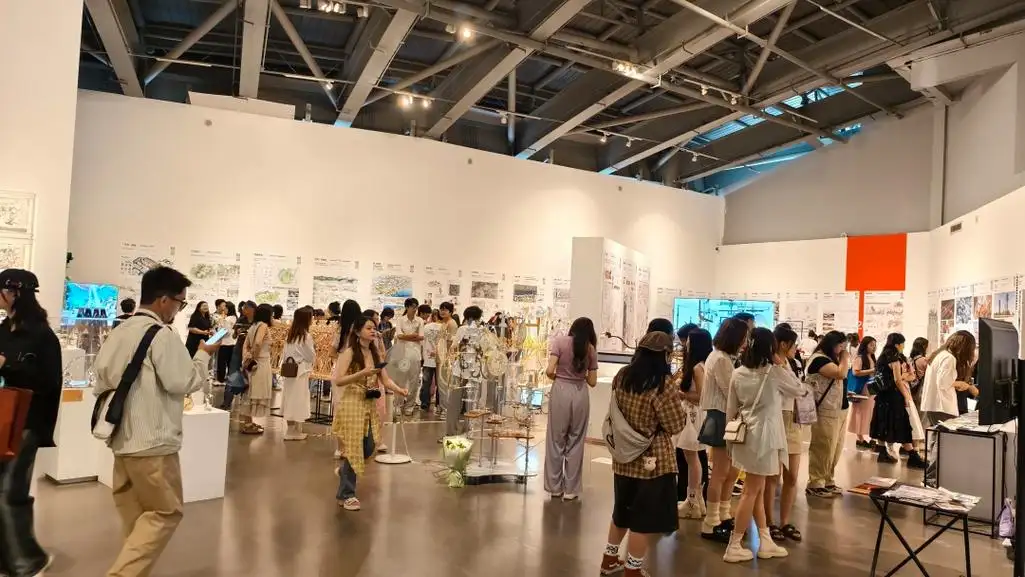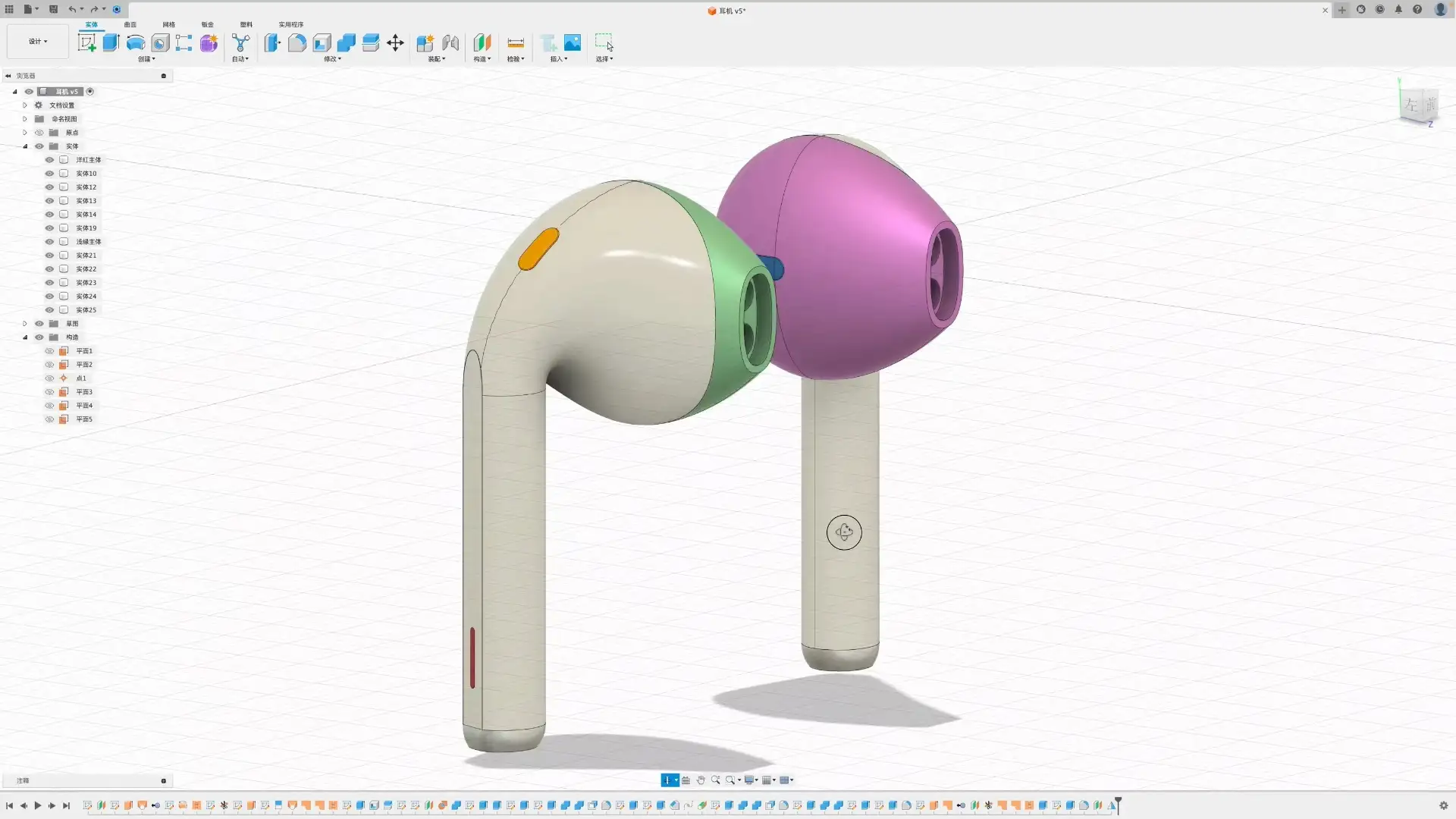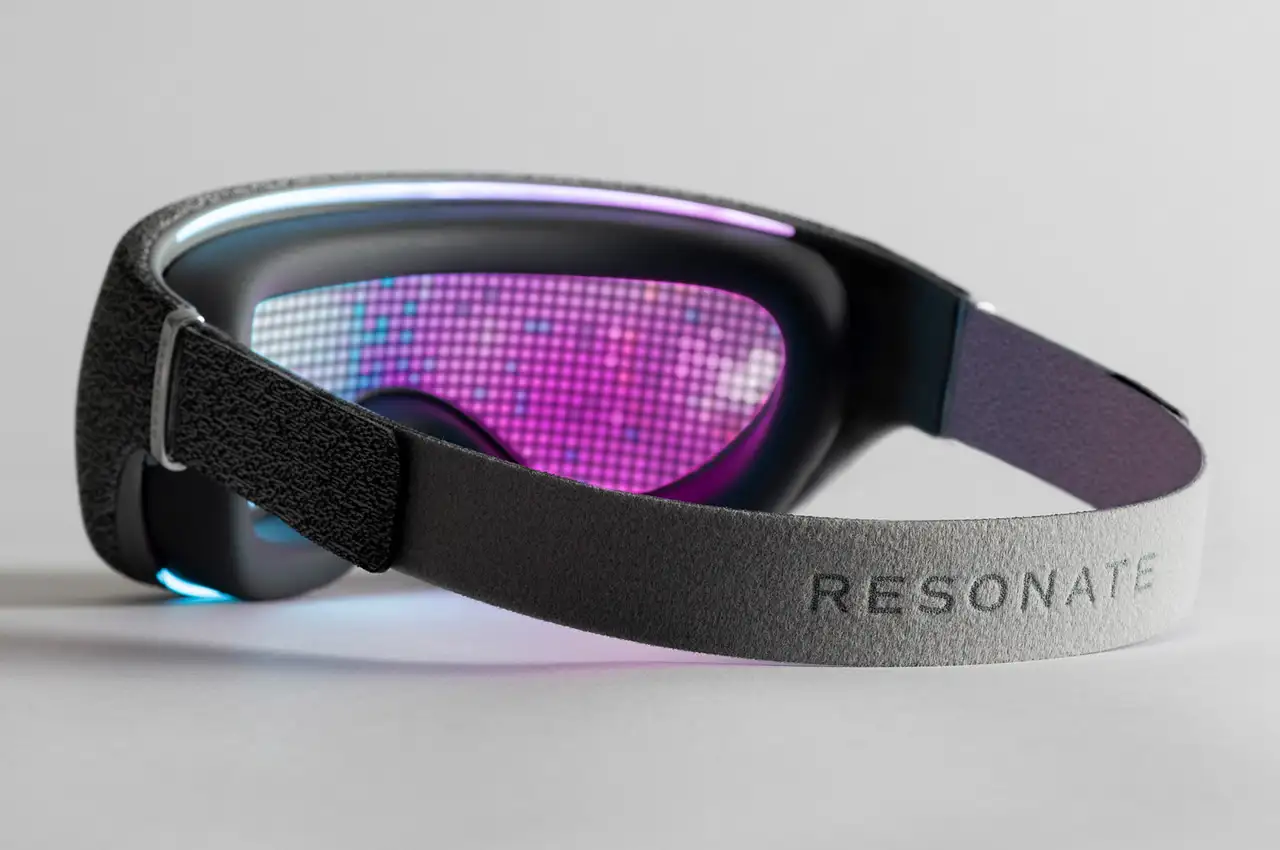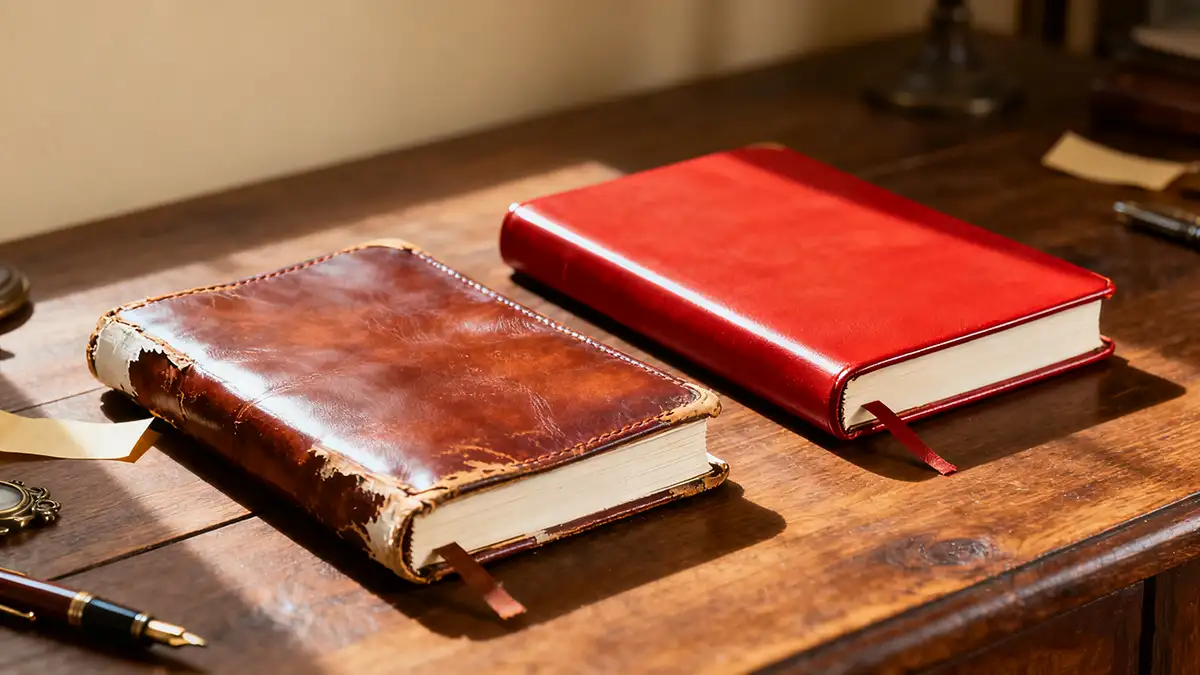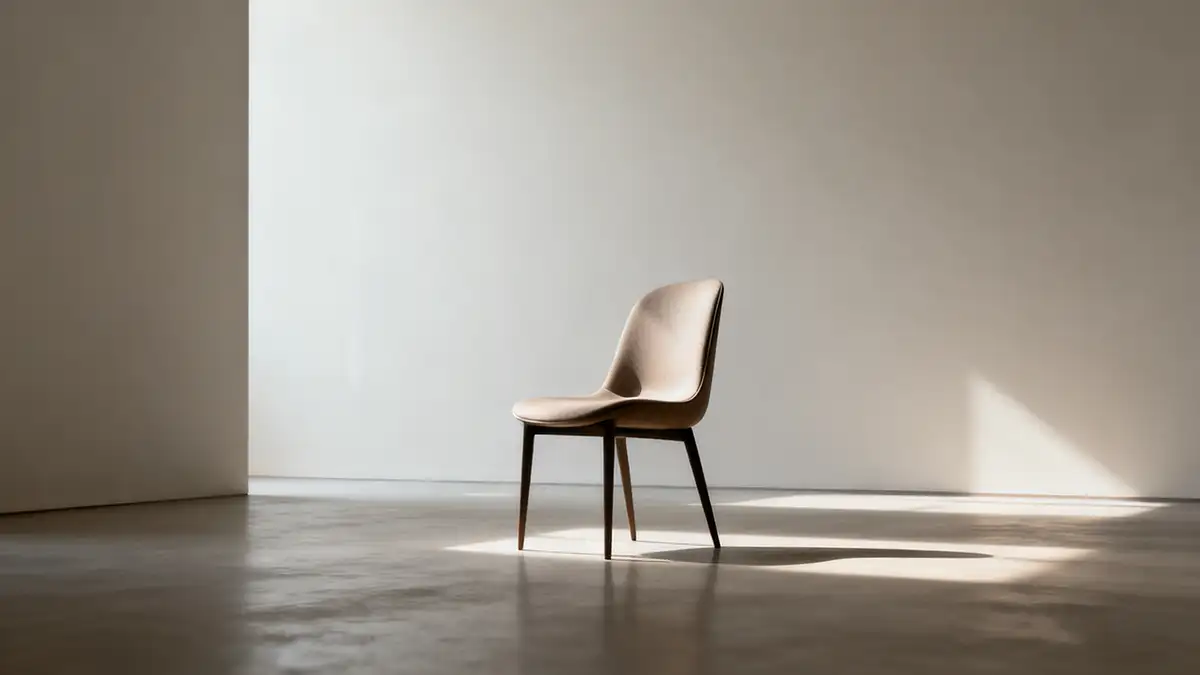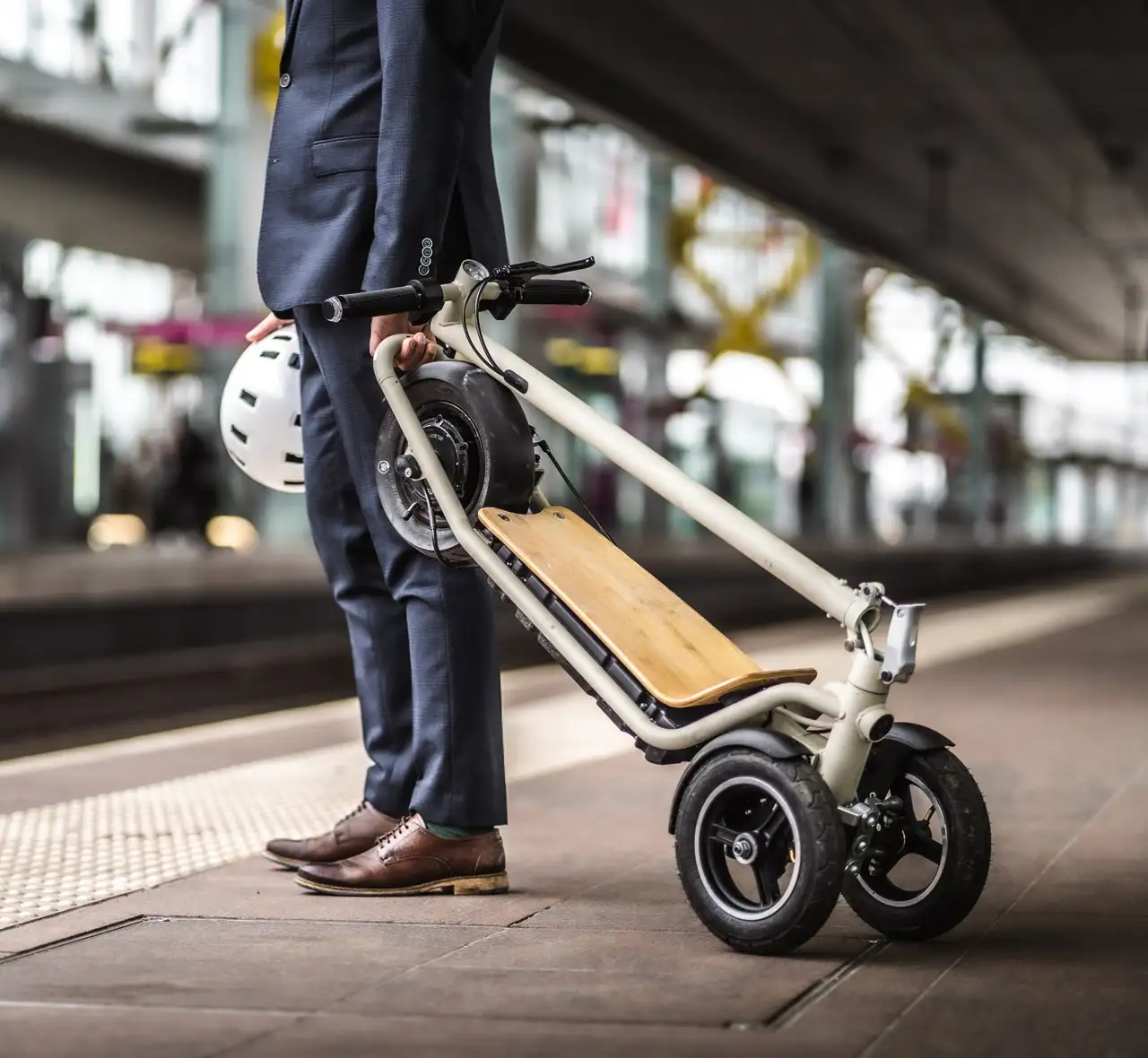NINEIDEA:咱今儿唠唠深圳工业设计师应聘那些事儿。找工作就像打游戏闯关,每关都有隐藏技巧,咱得把劲儿使在刀刃上。
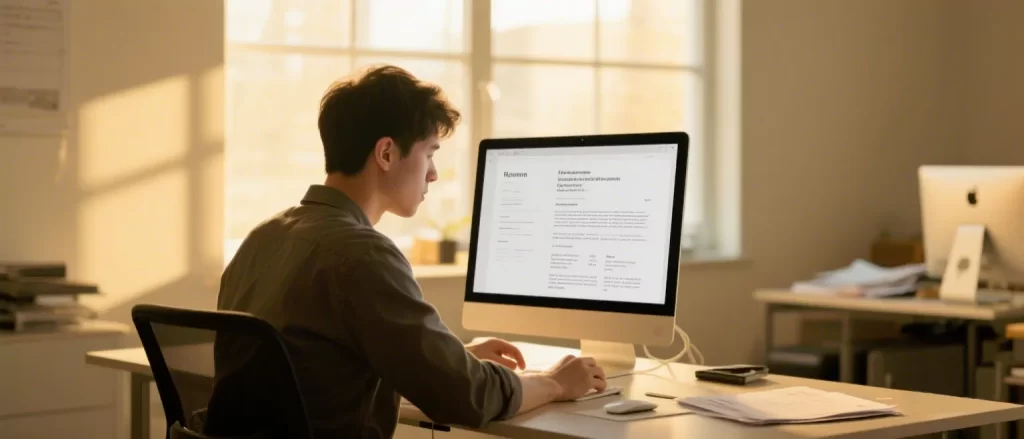
先说简历
别整那些花里胡哨的模板,HR 看简历就跟咱刷短视频似的,3 秒抓不住重点就划走了。
工业设计岗位最吃项目经验,咱得把过往项目像剥洋葱似的层层展开 —— 你参与的项目是 To B 还是 To C?负责的具体环节是产品外观设计、结构优化还是 CMF 落地?
记得用数据说话,比如 “主导某家电品牌新品设计,上市 3 个月销量超预期 40%”,这种带成果的表述比空泛写 “具备产品设计能力” 强十倍。
对了,教育背景里如果有相关课程获奖、校企合作项目,都单独拎出来,让 HR 一眼看到你的专业匹配度。
重点说说作品集
这相当于咱设计师的 “兵器库“。建议按「商业项目 + 自主项目 + 研究课题」分类,每个项目用 “问题 – 思路 – 执行 – 反馈” 四步法串联。
比如商业项目要突出从用户调研到量产落地的全流程,把你在团队里解决的关键问题(像成本控制、结构可行性优化)详细写;自主项目可以展现你的设计理念和创意,哪怕是未落地的概念设计,也要说清楚你想解决什么社会议题、用了哪些创新材料或技术;研究课题则体现你的行业思考,比如你对可持续设计、适老化产品的研究成果。
注意!作品集别堆太多项目,6-8 个精品胜过 20 个平庸案例,每个项目配 3-5 张核心过程图,比放满屏效果图更能体现你的设计思维。
到了面试环节
大概率会被问 “你的长短期规划是什么“,”你的设计理念是什么“,这时候别扯虚的,结合具体项目说。
比如你可以讲 “我坚持 ‘ 功能优先于形式 ‘,在设计某儿童餐具时,发现家长最担心安全性,所以我在造型上做了圆弧处理,同时通过材料测试确保无毒耐高温,最终产品获
得了 XX 安全认证”。遇到专业题也别慌,像 “如果客户坚持用你认为不合理的设计方案怎么办“,这种题考的是沟通能力,咱可以说 “我会先从用户数据和市场反馈角度分析
方案利弊,提供备选方案并演示可行性,同时尊重客户决策权,在后续执行中尽量优化细节减少风险”。另外,面试前一定要把作品集里每个项目的细节吃透,面试官可能
会揪着某个零件的材料选择、某个曲面的弧度设计追问,提前准备好 “为什么这么做“” 如果重来会怎么改进 ” 的答案,别等到现场卡壳。
面试时怎么穿?
别穿得太正式也别太随意,咱设计师多少得有点个人风格,比如简约工装风、有设计感的衬衫搭配休闲裤,既显得专业又透出你的审美品味。
临走前记得主动问面试官 “这个岗位未来 3 个月的核心工作目标是什么“,这既能体现你对岗位的重视,也能帮你判断是否真的适合。
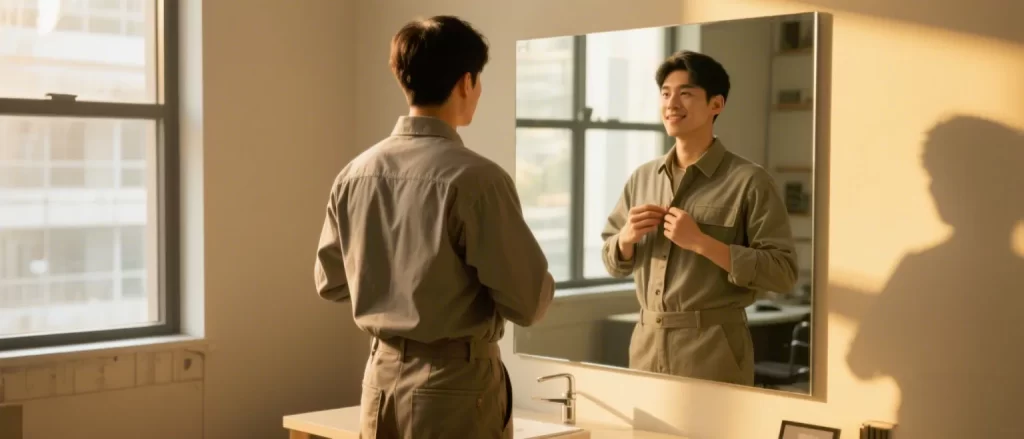
应聘这事儿,说白了就是把自己 “设计” 成最匹配岗位的产品,咱得把专业能力、设计思维和职场情商像做产品方案那样整合包装,既有亮点又不浮夸。记得稳住心态,把每次面试都当成一次设计提案,相信你们一定能拿到理想的 offer!
Shenzhen Industrial Designer Recruitment Tips: From Resume to Interview
NINEIDEA: Let’s talk about the application of Shenzhen industrial designers today. Finding a job is like playing a game and passing levels. Each level has hidden skills, and we have to put our efforts on the cutting edge.
First, let’s talk about the resume
Don’t mess with those fancy templates, HR looks at resumes like we’re scrolling through short videos, they can’t catch the key points in just 3 seconds and then swipe them away.
The most valuable experience for industrial design positions is project experience. We have to unfold past projects layer by layer like peeling onions – are the projects you participated in To B or To C? Is the specific responsibility for product appearance design, structural optimization, or CMF implementation?
Remember to use data to speak, such as “leading the design of a new home appliance brand, with sales exceeding expectations by 40% within 3 months of launch”. This kind of achievement oriented statement is ten times stronger than vague words such as “possessing product design capabilities”.
By the way, if there are any relevant course awards or school enterprise cooperation projects in your educational background, they should be singled out separately for HR to see at a glance your professional matching degree.
Focus on the portfolio
This is equivalent to our designer’s’ arsenal ‘. It is recommended to classify each project into “commercial projects+independent projects+research topics”, and use the “problem idea execution feedback” four step method to connect each project.
For example, commercial projects should highlight the entire process from user research to mass production implementation, and write in detail the key issues you solve in the team, such as cost control and structural feasibility optimization; Independent projects can showcase your design concepts and creativity,
Even for conceptual designs that have not yet been implemented, it is important to clearly state what social issues you want to address and what innovative materials or technologies you have used; The research topic reflects your industry thinking, such as your research on sustainable design and aging friendly products
Fruit. be careful! Don’t pile up too many projects in your portfolio. 6-8 high-quality projects are better than 20 mediocre cases. Each project should be accompanied by 3-5 core process diagrams, which can better reflect your design thinking than filling up the screen with renderings.
It’s time for the interview stage
Most likely, you will be asked “What are your long-term and short-term plans” or “What is your design philosophy?” At this point, don’t be vague and talk about specific projects.
For example, you can say, ‘I insist on prioritizing functionality over form.’ When designing a children’s utensil, I found that parents were most concerned about safety, so I made a curved shape and tested the material to ensure that it was non-toxic and heat-resistant. The final product was… ‘
I have obtained XX security certification. Don’t panic when encountering professional questions, such as “What should I do if the customer insists on using a design solution that you think is unreasonable?” These questions test communication skills, and we can say, “I will first analyze from the perspective of user data and market feedback
The advantages and disadvantages of the plan, providing alternative solutions and demonstrating feasibility, while respecting the client’s decision-making power, and optimizing details as much as possible to reduce risks in subsequent execution. In addition, before the interview, it is necessary to thoroughly understand the details of each project in the portfolio, and the interviewer may
Be curious about the material selection of a certain part or the curvature design of a certain surface, and prepare answers in advance such as “why did it this way” and “how would it be improved if we start over”, don’t wait until the site gets stuck.
How to dress for an interview?
Don’t dress too formally or casually. As designers, we need to have some personal style, such as a minimalist workwear style, a shirt with a sense of design paired with casual pants, which not only looks professional but also reflects your aesthetic taste.
Before leaving, remember to proactively ask the interviewer, ‘What are the core job goals for this position in the next three months?’ This not only reflects your importance to the position, but also helps you determine if it is truly suitable.
When it comes to job applications, in other words, we need to “design” ourselves into the most suitable product for the position. We need to integrate and package our professional skills, design thinking, and workplace emotional intelligence like we do when creating a product plan, with both highlights and no exaggeration. Remember to maintain a stable mindset and treat every interview as a design proposal. I believe you will definitely get the ideal offer!













